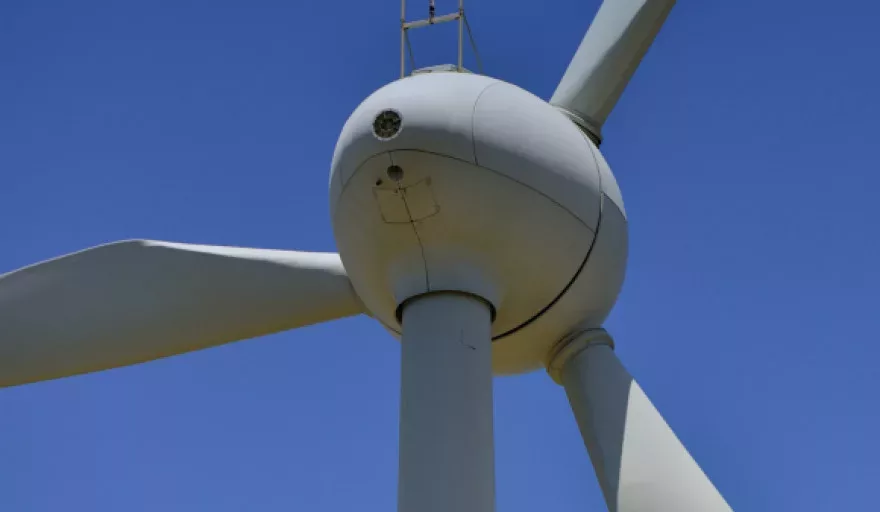Lightweight materials are seeing greater adoption in wind turbine manufacturing as evidenced by patent trends. High-strength materials including glass fibre and carbon fibre reinforced plastics (GFRP/CFRP) are expected to replace conventional resins and composites due to their durable and lightweight properties. Most material developers for wind energy have already deployed these products to cater to the rising global demand and the need for increased efficiency.
New analysis from Frost & Sullivan, Impact Assessment of Materials in Wind Energy Generation, finds that about 9,500 tonnes of composite materials are used annually for manufacturing wind blades. Between now and 2020, the materials segment will grow at a rate of 17 percent annually. The study looks mainly at materials for rotor blades and nacelles but includes foundation and tower applications.
“Traditional rotor blades tend to be shorter and therefore produce power in the range of two to three megawatts (MW), whereas the industry requirement is in the range of five MW or more per unit to match the demand from end users and to improve the efficiency and profitability of the system,” noted Technical Insights Senior Industry Analyst, Aarthi Janakiraman.
“Coupled with the recent emphasis on shifting to renewable sources of energy and its simultaneous adoption in emerging markets such as China and India, this need will keep the R&D of new materials and fabrication techniques for wind blade manufacturing strong.”
The market is looking for materials that have high fatigue resistance and the ability to withstand harsh environments, especially in the rotor blades segment. CFRP is already being adopted as the reinforcement material of choice for larger blades for wind turbines. Retrofitting of existing turbine blades will further improve the adoption potential of CFRPs in this industry. However, the cost of production and raw materials may prove a dampener, eventually making way for the development of more cost-effective hybrid materials.
“Ultimately, focus will be on material and production technology that enables mass customisation, application extension to other needs in the wind energy market, and adaptability in order to get maximum return on investment,” concluded Janakiraman.

































